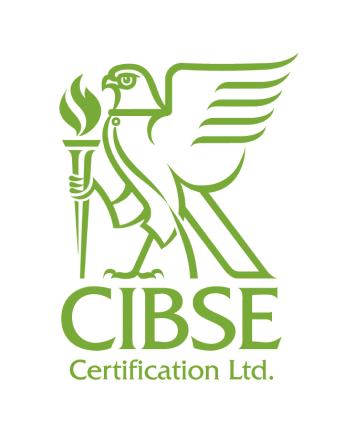Scheme Details
What is the Embodied Carbon Verification (ECV) Scheme?
An innovative ISO 17065 based scheme developed with CIBSE and early adopters of CIBSE TM65:2021 using the methodology to calculate embodied carbon emissions for their MEP products.
Ensures a consistent approach for evaluating all products using a risk based methodology
Certification of product families for a 3 - year period with annual surveillance
Certification remains confidential unless applicants choose otherwise
Does the ECV scheme cover all variations of CIBSE TM65?
Yes, the embodied carbon verification scheme covers all current variations e.g. CIBSE TM65LA, CIBSE TM65UAE, CIBSE TM65ANZ, CIBSE TM65NA, CIBSE TM65.1, CIBSE TM65.2, CIBSE TM65.3, and will also cover future variations CIBSE TM65.x
While the variants of TM65 do establish benchmarks for products within specific sectors, the core calculation methodology for embodied carbon remain unchanged.
What are the benefits of the CIBSE ECV Scheme?
- Scheme administered by CIBSE Certification, a wholly owned CIBSE subsidiary
- Only verification scheme endorsed by CIBSE and run by an industry recognised Certification Body
- 3rd party assurance of data by a Certification Body accredited and approved for services to the built environment
- Helps on their decarbonisation journey with plans for ECV data to be used in future CIBSE EDP programme currently in development
- ECV verified products to be featured in upcoming ECV register of verified products.
- Includes monitoring of product changes
- Useful basis for end users to compare and select products
- Costs are very competitive in comparison to EPD’s
What are embodied carbon emissions?
of these materials,
Why is embodied carbon important?
As efforts to reduce operational carbon emissions progress, more emphasis is increasingly being placed on embodied carbon emissions
End users are increasingly using embodied carbon emissions as a deciding factor when selecting products
How is embodied carbon measured for MEPs?
It is measeured using Lifecycle assessment (LCA) methodologies and reported via Environmental Product Declarations (EPDs). In the absence of EPDs, CIBSE TM65: 2021 provides a useful estimation method
What is CIBSE TM65: 2021?
It is a widely acclaimed publication and methodology established by CIBSE by working with it networks to develop a consistent way of estimating embodied carbon emissions for MEP products.
It is useful way of calculating emissions in the absence of EPDs for products used for heating, cooling, ventilation, lighting, electrical and public health. See CIBSE TM65: An internationally-applicable methodology for the calculation of embodied carbon in building services engineering for more details.
